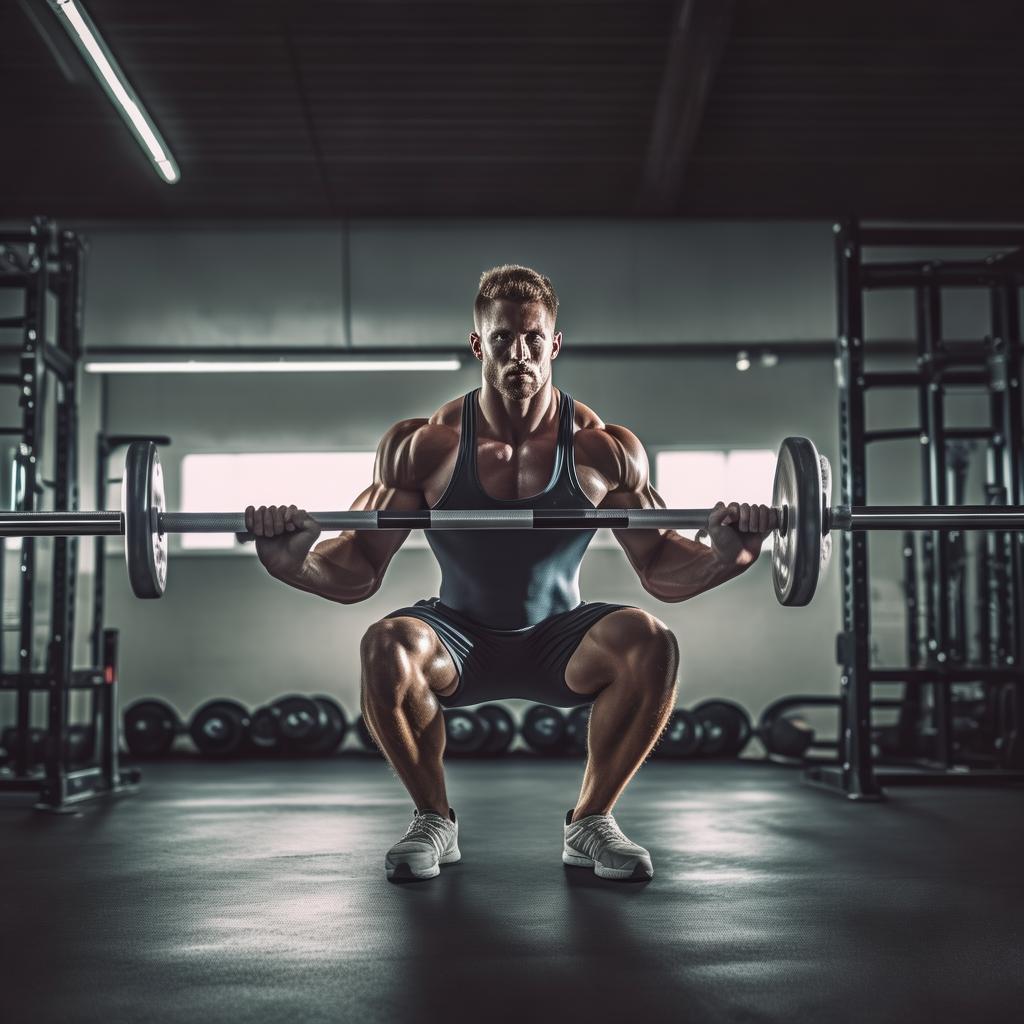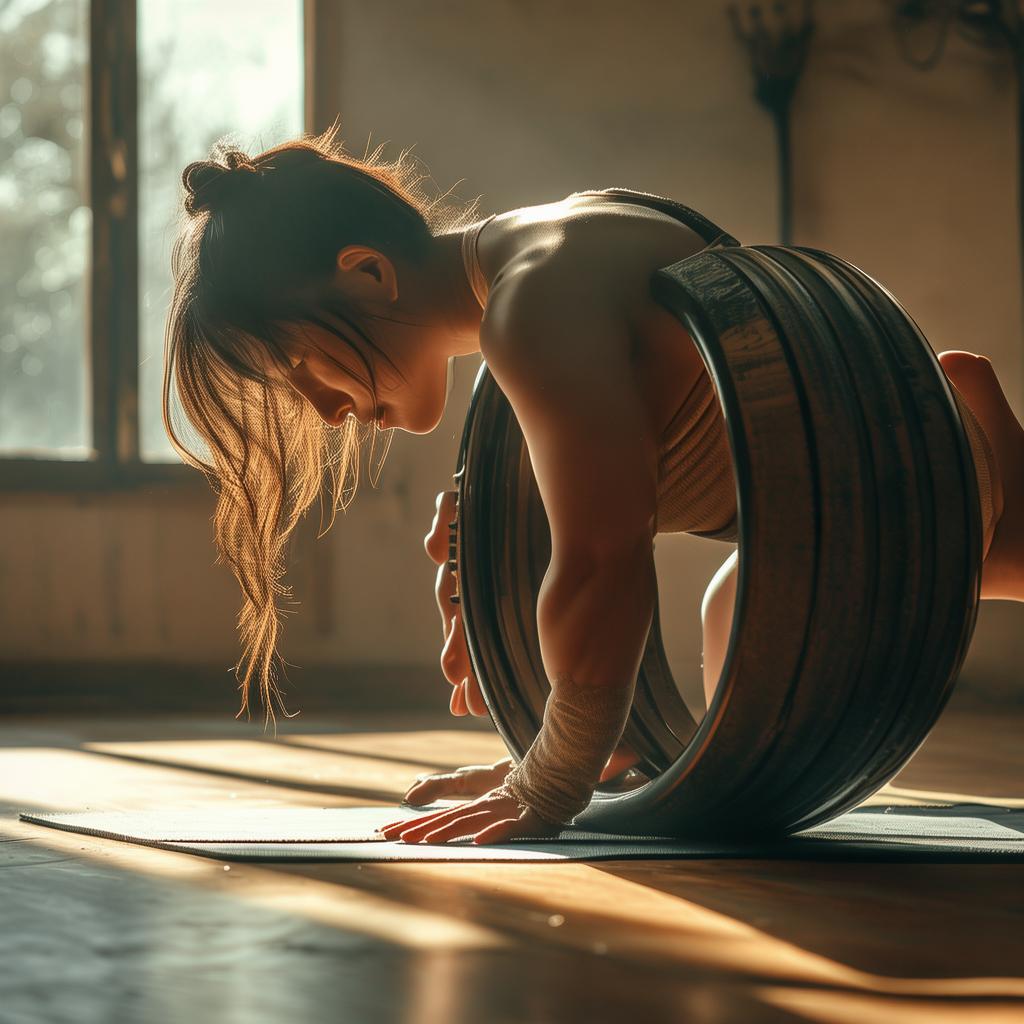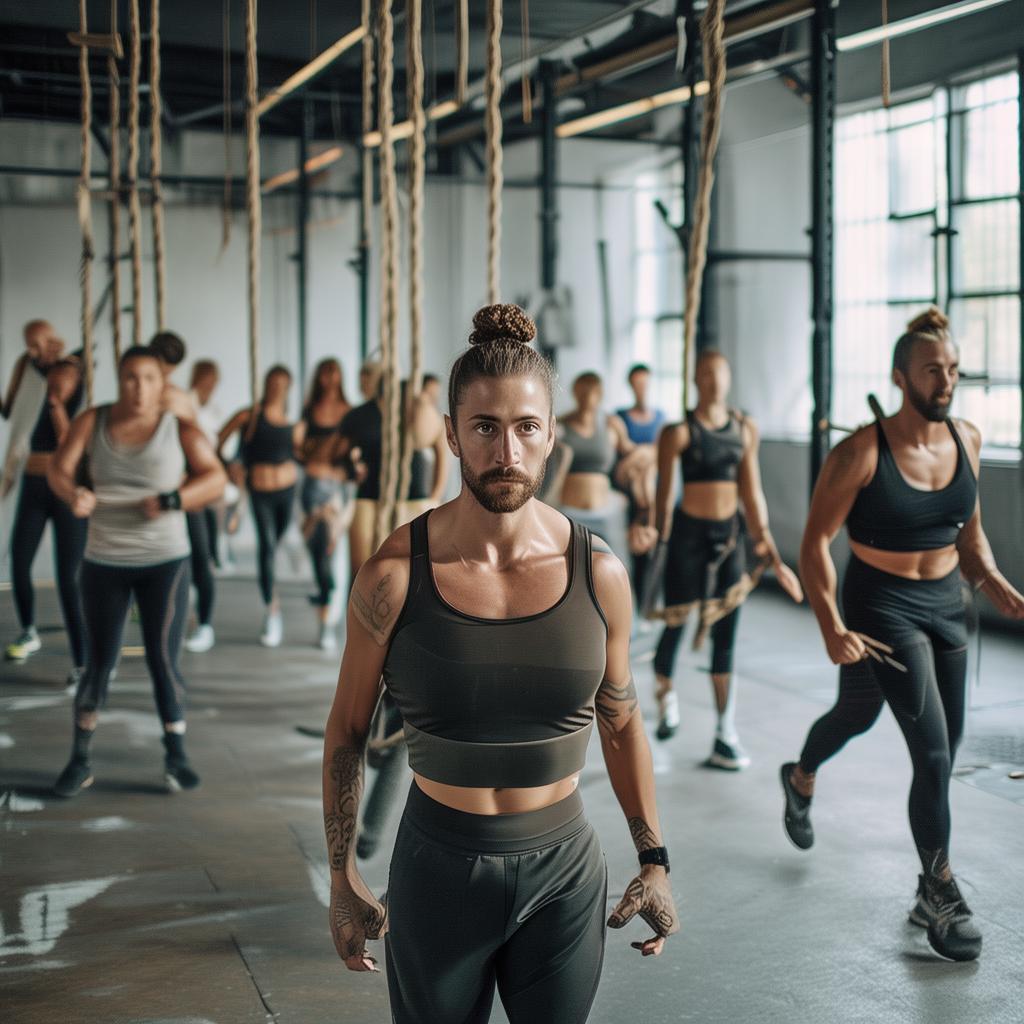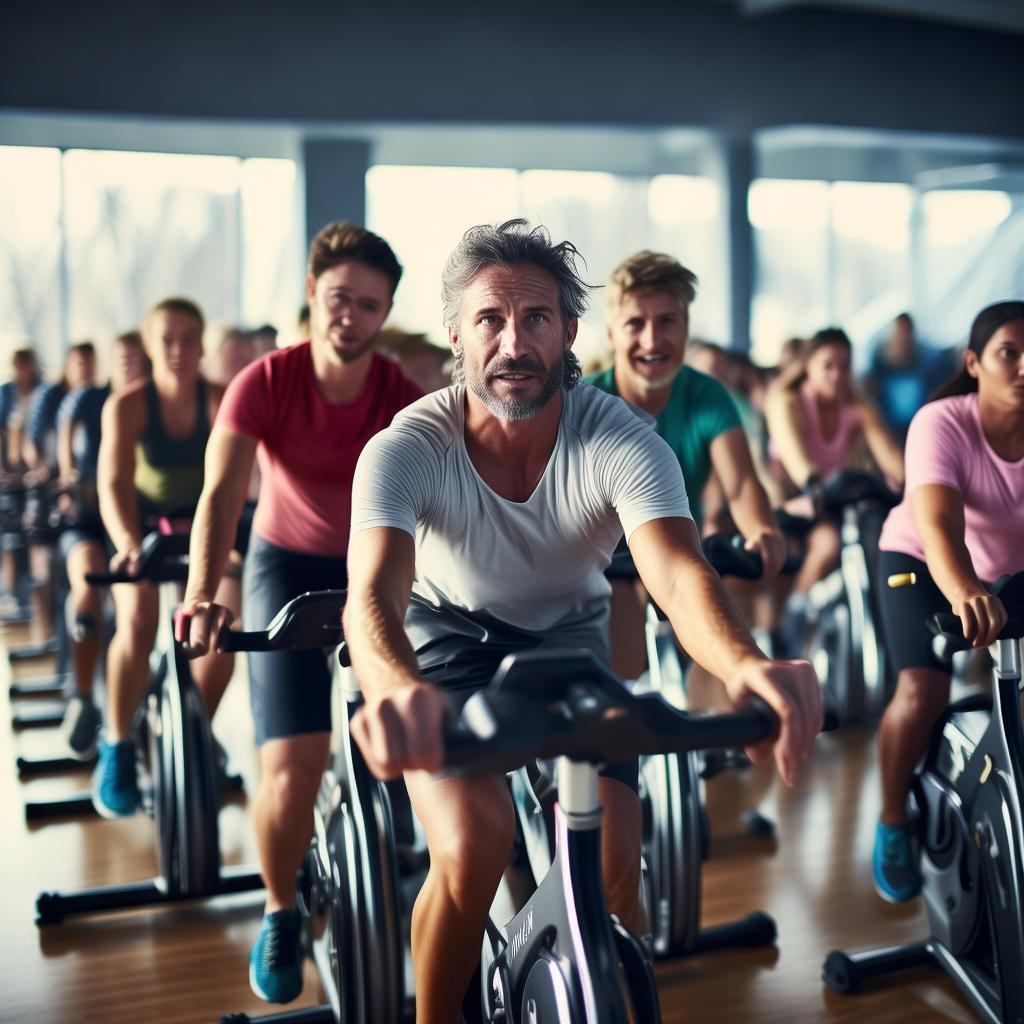Introduction to Quadriceps Training
What truly defines an enthusiastic gym – goer? Often, it’s the ability to execute a perfect deep squat. Questions like the size of your extreme squat deadlift, the capacity to complete 10 sets of squat legs in one session, and the speed of your squat come into play. Also, there’s a connection between running speed, jumping height, and the strength of your deep squat. A proper understanding of squats and good exercise habits are essential for being able to talk about your squat performance like a pro. If you aspire to be a master in the gym, the quadriceps training secrets are not to be overlooked.
Understanding the Quadriceps Muscle
The quadriceps is a muscle group located on the front side of the leg. Its main functions include extending the knee and flexing the hip. Comprising four muscles in the front of the thigh, the rectus femoris is in the middle of the thigh and is the only quadriceps muscle involved in hip flexion. The medial femoral muscle, also known as the teardrop muscle, is situated on the inside of the leg near the knee. The lateral femoral muscle is on the outer side of the thigh, and the vastus intermedius is between the lateral and medial femoral muscles at the front of the thigh.
The Importance of Squats in Quadriceps Training
Some gym – goers mistakenly believe that running or cycling suffices for leg training, but from an aesthetic and growth perspective, this is incorrect. A well – balanced physique with a strong upper body and thin legs is not appealing. The barbell squat is a powerful exercise that not only stimulates the legs but also activates the upper body muscles. During a free squat, all muscles need to work together, and the stress it generates causes the body to produce a significant amount of hormones, promoting overall body growth.
The Role of Foot Stance in Quadriceps Training
When performing compound movements for the quadriceps, there are three key foot positions to note. Standing shoulder – width apart with the toes slightly pointed outwards is ideal for overall thigh development. A narrow stance with the toes pointing forward is suitable for stimulating the lateral quadriceps. A wide stance with the toes facing outwards at least 45 degrees is great for targeting the medial femoral muscles and the inner thighs. For leg flexion and extension movements, other foot positions such as toes up, toes inwards, and toes outwards can be used to facilitate different types of muscle stimulation.
Good Quadriceps Movements
Quadriceps training movements are categorized into compound and isolated movements. Compound movements activate most muscles and can emphasize specific muscle bundles based on foot position. Free barbell squats provide greater stimulation compared to machine – based compound movements like the smith machine squat or leg raise. Isolated movements, such as leg curls, rank third in terms of muscle stimulation. Free – weight compound movements include barbell squats, front neck squats, dumbbell squats, barbell arrow squats, and dumbbell arrow squats. Equipment – based complex movements involve leg raises, hack squats, smith machine squats, and machine neck front squats. Isolated movements include leg curls and extensions, hip jerk squats (which, although involving only one joint, provides significant stimulation), leg extensions, and abduction of the instrumented leg.
Beginner Quadriceps Training Programme
For those new to working out, a full – body workout three times a week is recommended, using basic movements to target each muscle group. A quadriceps routine may only have a few exercises. For example, machine leg curls (3 sets, 10 – 12 reps, 1 – minute rest) and barbell squats (3 sets, 10 – 12 reps, 1 – minute rest). After four weeks, increase the number of sets from 3 to 4, with the rest between sets remaining 1 minute. Starting with leg curls helps beginners better feel the muscle groups they can emphasize during deep squats, as it’s often difficult for them to be consistent in pronation.
Intermediate Quadriceps Training Programme
After 12 weeks of starting a fitness program, it’s time for intermediate training. The body is divided into two days: chest, back, and arms on one day, and shoulders, legs, and abs on the other. Exercises include barbell squats (4 sets, 10 – 12 reps, 1 – minute rest), arrow squats (4 sets, 10 – 12 reps, 1 – minute rest), and leg curls (4 sets, 10 – 12 reps, 1 – minute rest). After four weeks, increase each movement to 5 sets.
Advanced Quadriceps Training Programme
After 12 – 16 weeks of intermediate training, it’s time for advanced training. The main difference from intermediate training is that the plan needs to be changed every 3 weeks to maintain results. There are different training splits, such as bodybuilding antagonistic muscle training split, one major muscle and two smaller muscle training divisions, and one major muscle group per day advanced training split.
Quadriceps Training Plans
For weeks 1 – 3, the plan includes barbell squat (shoulder – width stance, 5 sets, 10 – 12 reps, 1 – minute rest), wide – stance leg raise (3 sets, 10 – 12 reps, 1 – minute rest), leg curl (toes in, 4 sets, 12 – 15 reps, 1 – minute rest), and deep squat (feet together, 3 sets, 10 – 12 reps, 1 – minute rest). For weeks 4 – 6, a modified giant set is used, with wide – standing distance barbell squats, barbell arrow squats, leg raises (feet together), and leg curl (toe up), each with 3 sets and different rep ranges.
Bodybuilding Quadriceps Programme
The goal of bodybuilding – style quadriceps training is to stimulate the muscles from multiple angles for full development. It involves using both compound and a variety of isolation movements. For example, if the outer thighs need strengthening, more narrow – distance movements are used, and for weaker inner thighs, wide – spaced movements are preferred. Supersets are also recommended, such as superset 1 with barbell squats and wide – standing distance barbell squats, and other supersets targeting different aspects of the quadriceps.
Mastering this quadriceps training is key to becoming a powerful deep squatter and a stronger presence in the gym. Don’t let bottlenecks hold you back; start your squat training now!





